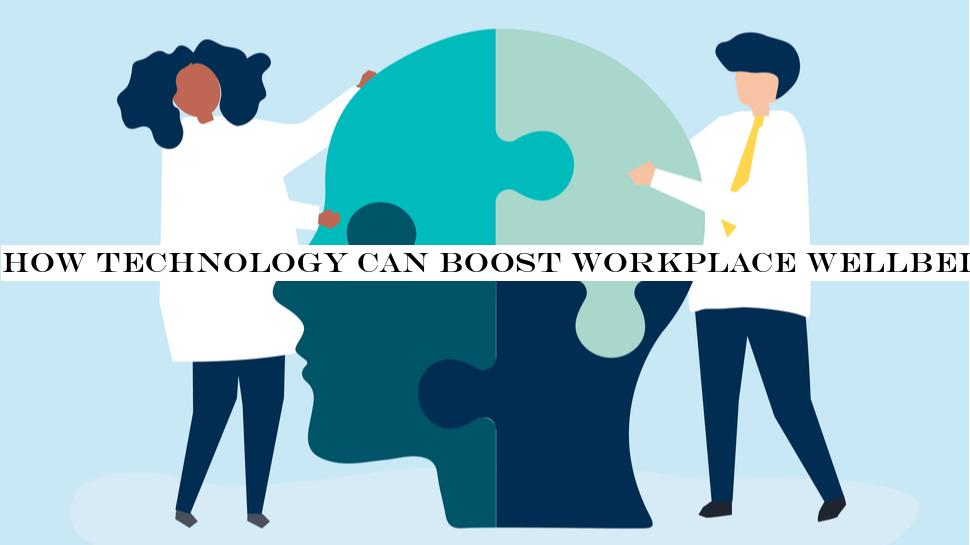INSUBCONTINENT EXCLUSIVE:
There are few people in this country whose lives have not been dramatically altered by the impact of the ongoing pandemic
The UK lockdown, which has mandated home working, school closures, social distancing and the closing of restaurants and pubs, has
transformed our daily routines and the way we communicate with each other.For many of us, the last two weeks have been an experiment in home
working, as companies adapt to the new climate
mental health and wellbeing
has the potential to be a hugely positive force
In a time when many are physically isolated from their friends and colleagues, we must ensure now more than ever that employees can readily
levels of communication as high as they would be in the office
can help ease this transition
Simple steps such as replacing phone calls with video calls can help keep close communication high and reduce anxieties around the newness
While keeping communication high, make sure to establish etiquette around this, and avoid sending lots of messages outside of working hours
Equally, if the increased noise of notifications is making it almost impossible to focus, then perhaps try switching them off completely
outside of predefined slots in your day.It is important that employers understand the specific challenges that home working brings for
For some employees the lack of in-person social contact will cause feelings of isolation and loneliness, or can even exacerbate existing
In this situation, it is more important than ever that employees know where to turn and what resources are at their disposal to tackle
for example over lunch or in a virtual pub
In this way, tech can help replicate normal social activity and help to stave off loneliness.Another challenge commonly faced by those
distinction between the two
This can lead to difficulty switching off from work in the evenings or completing work in a home environment, which can result in stress and
Following your normal routine as closely as possible in these new circumstances can help create distinctions between work and home life and
ensure a healthy balance is maintained
This means getting dressed for work (putting you in the right frame of mind to start the working day), taking regular breaks, and keeping to
Here too technology and the communication it enables plays an important role
By keeping video calls, messages and emails frequent during the day, and avoiding sending emails and messages at night, employers can help
for the foreseeable future for many of us, employers must ask how they can adapt their wellbeing strategies beyond simply reactive measures
to the specific mental health challenges this brings
This means giving employees proactive support which they can access in any place, and at any time
Mental health platforms, online resources, and other digital services will be crucial to supporting employees in this new
than simply reacting to deteriorations in our mental health
Technology has a key part to play here, giving employees the opportunity to access scientifically backed resources to learn about their
mental health, proactively improve it, and know when to raise the issue if something is wrong
This means allowing them to access the support they need, wherever they are, as well as addressing the specific mental health challenges
that long-term home working can bring
By questioning these assumptions, we can realise the great potential of technology for improving mental health.If we truly adopt this
attitude, the benefits could be long lasting
Paradoxically, this stressful and challenging situation, in which we are forced to innovate and trust in technology, could result in a

